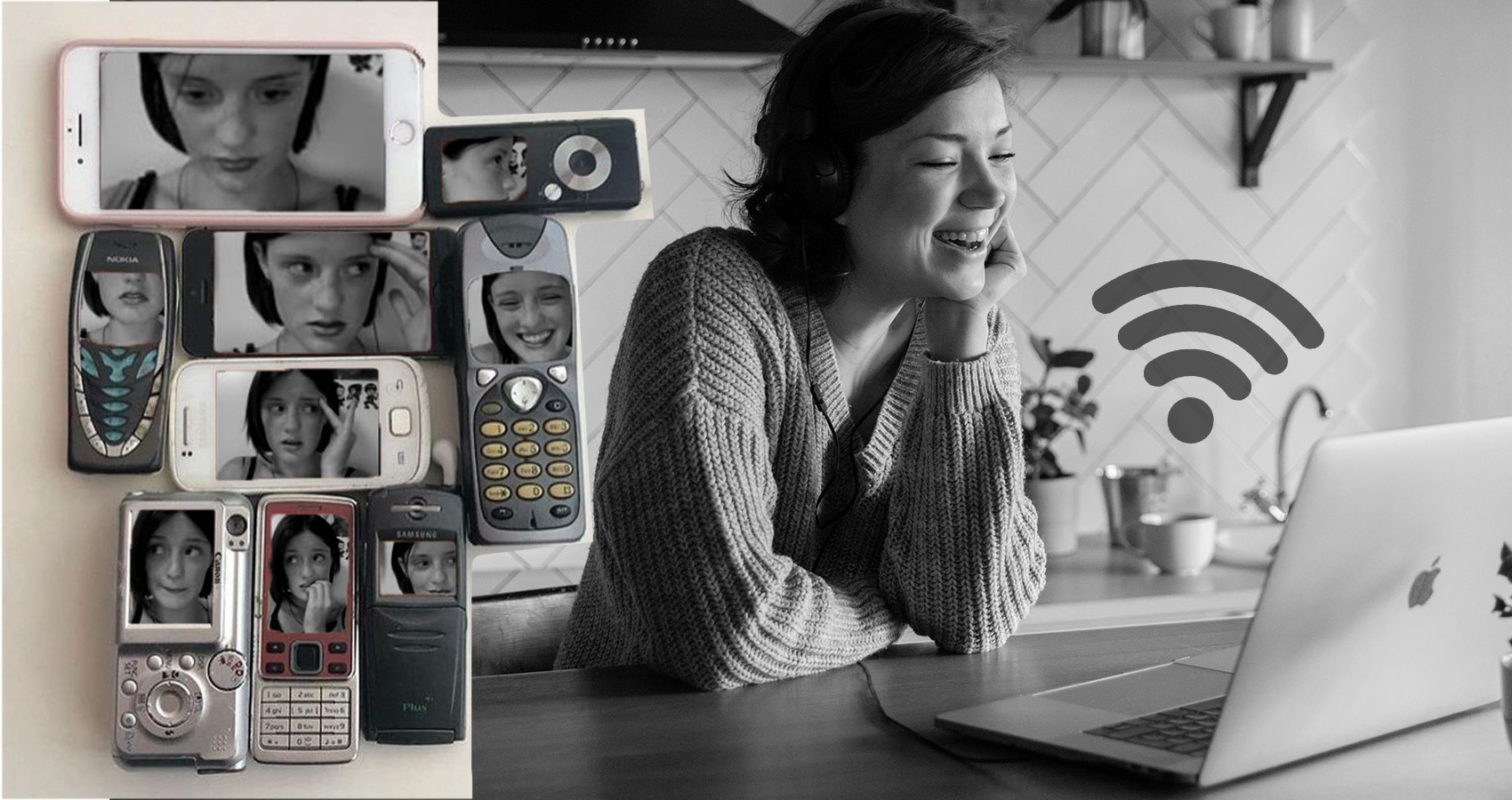
Beyond Texting: Why Mobile Video Chat is the New Social Norm
Mobile video chat is transforming communication in personal and professional life.
Mobile video chat has moved from being a niche feature to a fundamental part of how people communicate. Many users now engage in video conversations with family, colleagues, and even strangers.
The shift goes beyond preference; it represents a fundamental transformation in digital communication. Chatting with strangers on camera is increasingly common, whether for networking, dating, or casual conversations. This article explores the rise of mobile video chat, its driving factors, and its impact on communication habits.
The Rise of Mobile Video Chat
Increased Adoption Across Demographics
The adoption of mobile video chat spans generations, but its popularity is most evident among younger users. Research shows that:
-
Nearly half of internet users aged 16 to 24 use mobile video calls regularly.
-
Usage among professionals has surged, with remote work accelerating the need for real-time, face-to-face communication.
-
Even older generations are embracing video calls to stay connected with family and friends.
While video calls were once reserved for special occasions, they are now a daily habit for many. This widespread acceptance signals a shift in communication norms.
The Impact of Technological Advancements
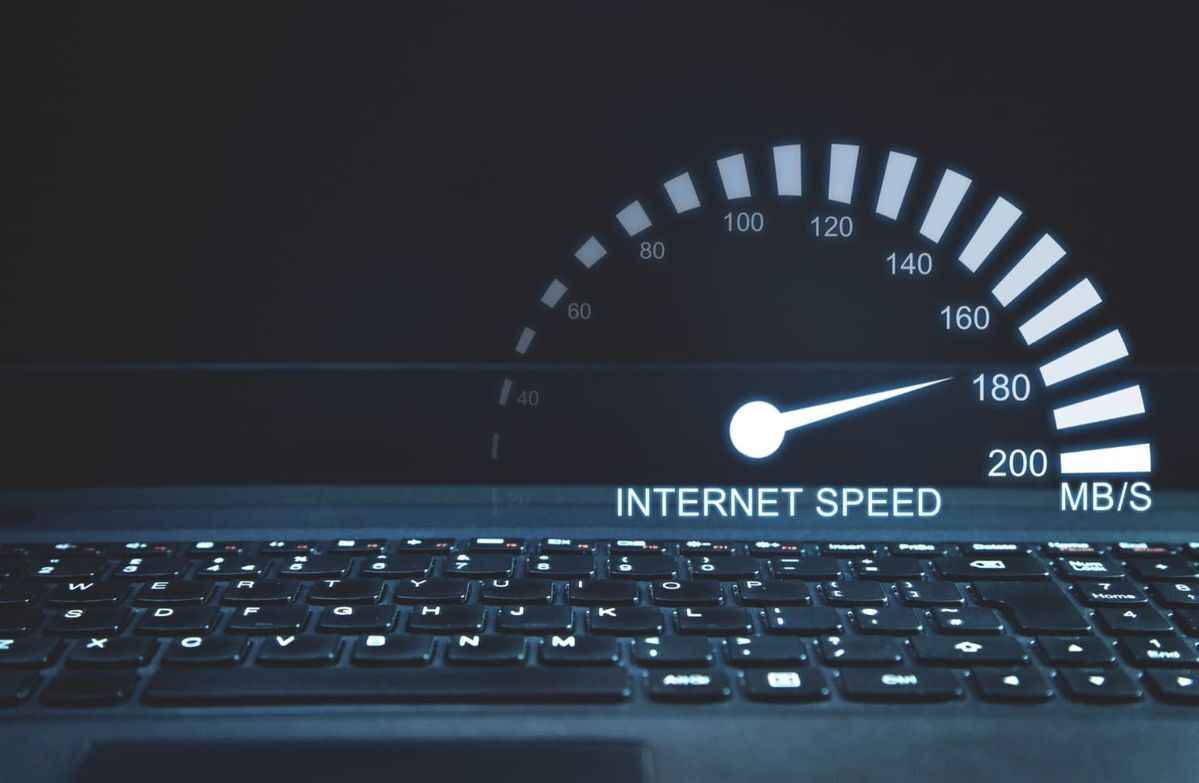
Several technological improvements have made mobile video chat more accessible and appealing:
-
5G and Faster Internet Speeds: High-speed networks ensure smoother video calls with minimal lag or interruptions.
-
High-Quality Cameras: Modern smartphones come equipped with advanced front-facing cameras, enhancing video call quality.
-
AI and AR Features: Background blurring, real-time filters, and AI-driven enhancements improve the video chat experience.
These factors contribute to a seamless and immersive communication experience, making video calls more engaging than traditional texting or voice calls.
Why Mobile Video Chat is Preferred Over Texting
Real-Time Emotional Connection

Unlike texting, video chat allows for facial expressions, tone, and body language—essential elements of effective communication. This real-time interaction helps to:
-
Reduce misunderstandings caused by text-based conversations.
-
Strengthen personal and professional relationships.
-
Increase engagement during conversations by making them more dynamic.
Efficiency in Communication
Typing long messages can be time-consuming, especially for complex discussions. Video chat streamlines conversations by:
-
Allowing instant feedback and clarification.
-
Facilitating collaborative decision-making in real time.
-
Reducing the back-and-forth often required in text exchanges.
For businesses, video chat enhances productivity by providing a direct and immediate means of discussion.
The Social and Psychological Aspects
Building Stronger Bonds

Face-to-face interaction strengthens relationships, even when conducted virtually. Video chat:
-
Helps long-distance friends and family feel more connected.
-
Enhances trust in professional and personal relationships.
-
Encourages more meaningful conversations compared to texting.
Video Call Fatigue and Screen Overload
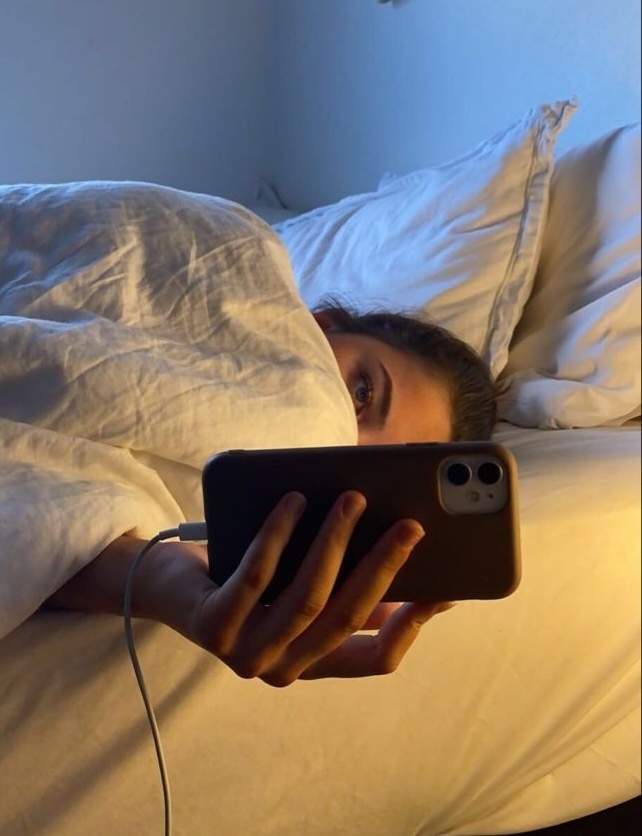
Despite its advantages, excessive video calling can lead to fatigue. The constant need for eye contact, screen presence, and active engagement can be mentally draining. To mitigate this, users should:
-
Balance video calls with other communication methods.
-
Schedule breaks between calls.
-
Use audio-only calls when video is unnecessary.
Practical Applications of Mobile Video Chat
Personal Use
People use video calls for everyday interactions, including:
-
Virtual family gatherings and celebrations.
-
Staying connected with loved ones during travel.
-
Chatting with strangers on camera instead of in-person.
-
Online dating and getting to know potential partners more authentically.
Professional and Business Use

The corporate sector has embraced video chat as a core communication tool. Businesses use it for:
-
Remote work meetings and team collaborations.
-
Virtual job interviews.
-
Client consultations and customer service interactions.
Many companies now consider video communication a standard rather than an alternative.
Educational and Healthcare Use
Mobile video chat has transformed industries beyond business:
-
Education: Virtual classrooms, tutoring sessions, and group study calls enable students to learn remotely.
-
Healthcare: Telemedicine allows doctors to consult with patients, reducing the need for in-person visits.
These applications showcase the versatility and necessity of mobile video chat across different fields.
Data Consumption and Connectivity Considerations
Understanding Data Usage
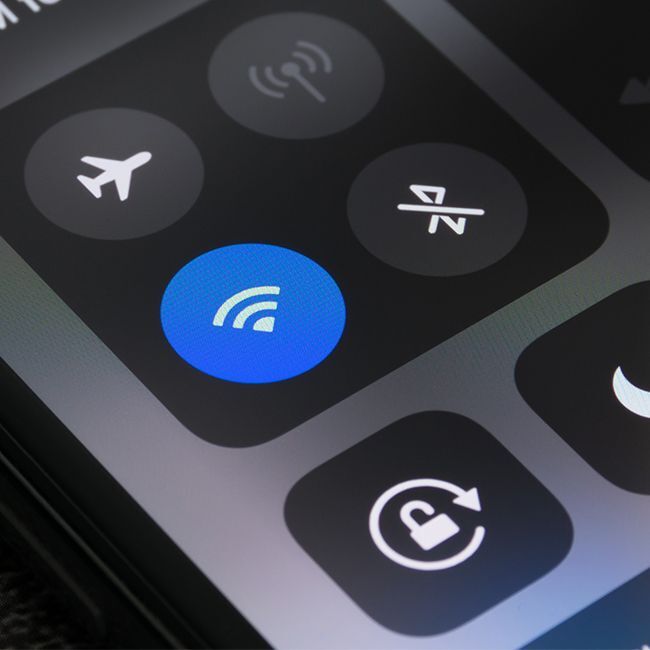
Video calls consume significantly more data than text or voice calls. For instance:
-
A 30-minute video call on FaceTime can use approximately 100MB.
-
Higher-resolution calls (HD or 4K) require even more bandwidth.
-
Frequent video chatting can impact mobile data limits.
Users should monitor their data usage and connect to Wi-Fi when possible to avoid excessive charges.
Connectivity Challenges
While mobile video chat is widely available, some challenges persist:
-
Poor network coverage in rural or remote areas.
-
Unstable connections leading to video lag or dropped calls.
-
Differences in video call quality across various platforms and devices.
These factors can affect the overall experience, making it essential to choose the right platform and network settings.
Privacy and Security Concerns
Risks of Video Communication
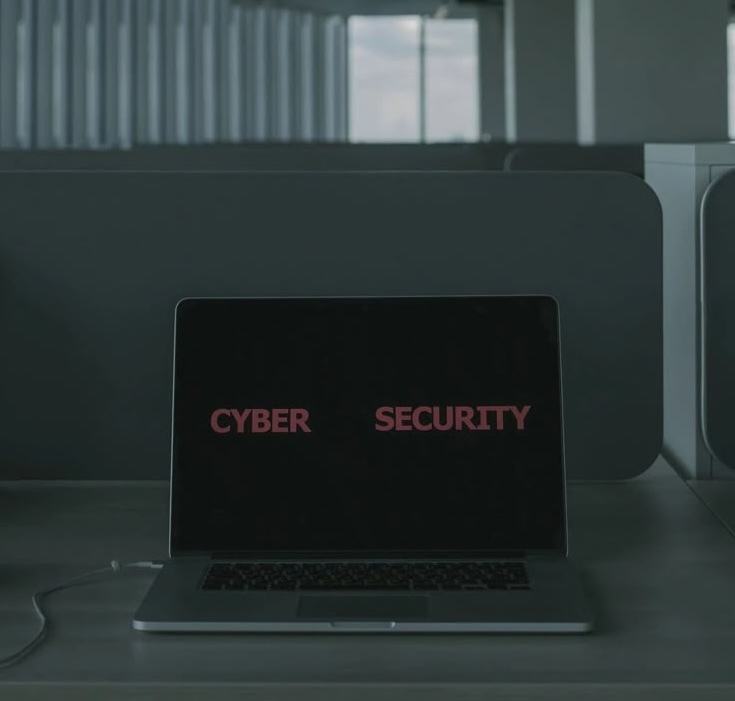
Like any digital communication method, video chat poses privacy risks. Potential concerns include:
-
Unauthorized recording or screenshotting of conversations.
-
Cybersecurity threats, such as hacking or phishing attacks.
-
Data breaches on video chat platforms.
Protecting Privacy During Video Calls

To safeguard personal information and conversations, users should:
-
Use platforms with end-to-end encryption.
-
Be cautious when sharing personal or sensitive information.
-
Keep software and security settings updated.
-
Avoid video calls on unsecured public Wi-Fi networks.
By taking these precautions, individuals can reduce their risk while enjoying the benefits of video communication.
Adapting to the New Norm of Communication
Mobile video chat has established itself as a primary mode of communication, reshaping how people interact in personal, professional, and social settings. The shift beyond texting is driven by a need for deeper connections, efficiency, and technological advancements. While challenges such as data usage and privacy concerns exist, the benefits far outweigh the drawbacks.
As video chat continues to integrate into daily life, users will need to strike a balance between its advantages and potential fatigue. By adopting best practices and using video chat strategically, people can enhance their communication experiences while maintaining digital well-being. This evolution is not just a trend but a long-term transformation in how people stay connected.











